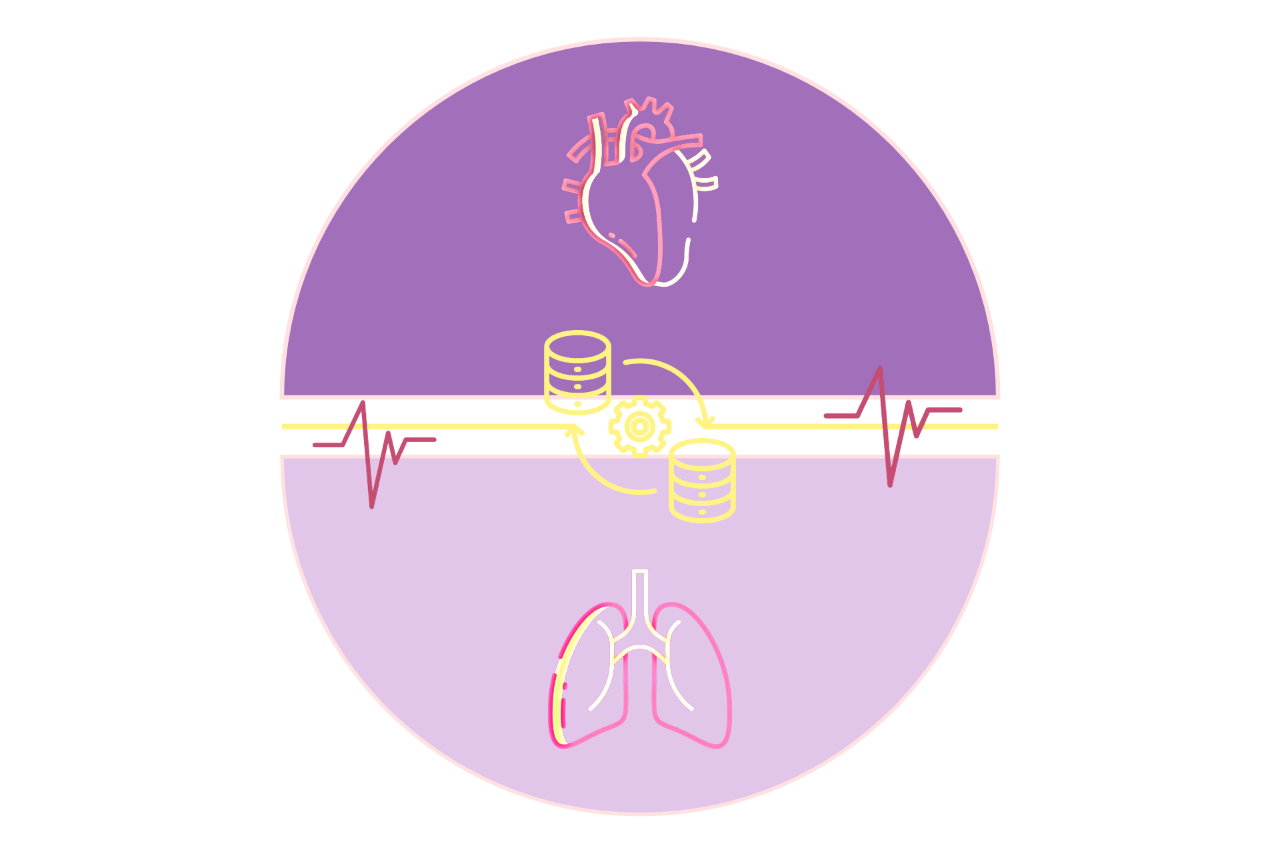Early Dynamic Prediction of Organ System Deterioration in ICU Patients
- Nidhi Soley
- Kiki Zhang
- Jiashan Zong
- Nicholas Kats
- Nubaira Milki
- Joseph L Greenstein
- Casey Overby Taylor
- Pedro Alejandro Mendez-Tellez
- Project Mentors, Sponsors, and Partners Pedro Alejandro Mendez-Tellez Timothy Ruchti
Abstract:
Cardiovascular and respiratory deterioration signify progressive decline in respective organ systems, with cardiovascular (CVS) issues accounting for 17.8% of ICU deaths and pulmonary failure 1.1% (Mayr et al., 2006; Norness et al., 2021). Current models often focus on singular organ outcomes or static inputs, failing to capture dynamic ICU patient data (Hu J. et al., 2022). In this project we built prognostic model for cardiovascular (MAP<65mmHg) and acute hypoxemic respiratory (need of mechanical ventilation) organ deterioration separately. Our project developed prognostic models for cardiovascular and acute hypoxemic respiratory deterioration separately, leveraging MIMIC III data. We identified 1036 patients meeting criteria and extracted relevant features. We divide the complete dataset into training and test sets by randomly splitting in an 80:20 ratio in a stratified manner. Training diverse machine learning models, including Logistic Regression, Random Forest, XGBoost, and LSTM, we achieved promising accuracy (93%) and AUC (0.90, 95%CI: 90-95) with LSTM on EHR data. The model gave higher risk score and crossed the threshold before the event start for patients in target to give an early warning. Dynamic risk prediction using a 12-hour rolling window showed temporal accuracy, providing early warnings. Future endeavors will explore varying time windows, buffer times, and data scaling methods, extending the model to predict respiratory deterioration.

